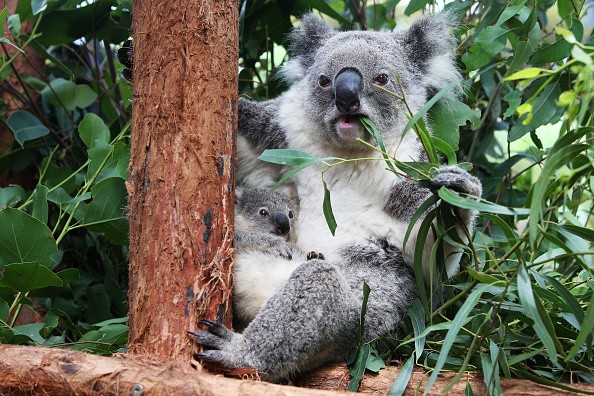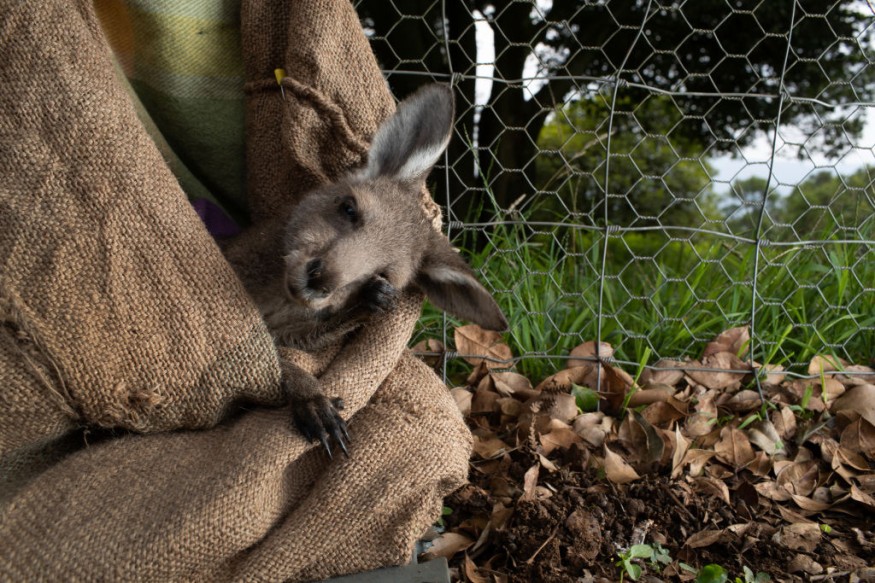Australia has announced a strategy to conserve 110 species and stop the extinction disaster. According to the environment minister, many of Australia's most well-known native creatures are included in the priority targeting, which will also benefit others in similar ecosystems.

An Ambitious Goal
The federal government's purpose is to stop any more extinctions of Australian species.
It is the first time a federal government has said that it wants to prevent all of the country's plant and animal species from going extinct. The objective is a component of a 10-year strategy to safeguard an extra 50 million hectares of land and water by 2027 and to enhance the trajectory of 110 species and 20 locations.
Tanya Plibersek, the minister of the environment and water, declared that the government was establishing "the toughest objectives we've ever seen" to reverse the environmental disaster highlighted in this year's State of the Environment report.
Also Read : Researchers and Indigenous People Concludes that Certain Areas of the Amazon May Never Recover
Well Recieved Plan

The existing strategy hasn't been effective. She remarked that they have to continue to have the same outcomes if we carry on as we have been.
The plan incorporates the Albanese government's pledge to guarantee that 30% of land and marine areas are in conservation reserves by 2030 and expands upon a paper made public by the previous administration.
There are 110 priority species, and there are now 20 places instead of only 6.
The plan's aims, which were made explicit and included a goal of zero extinctions, were well received by conservationists.
They said that stopping extinctions will need significantly more money for conservation efforts, the recovery of vulnerable species, and action to halt major threats, notably habitat degradation.
If governments kept opening up additional coal and gas deposits, the Australian Greens claimed the objectives would be "unachievable."
The chief conservation officer at WWF-Australia, Rachel Lowry, said it was good to see Australia join other industrialized nations in adopting a target of zero new extinctions, including New Zealand and EU members.
Scientific Methods
"Halting extinctions is possible, especially for a wealthy country with science-based remedies."
However, according to Lowry, it's unclear how the strategy would benefit non-priority species, such as the greater glider, which is endangered.
Australia's "woeful" record on extinction must be reversed, according to Basha Stasak, manager of the nature program at the Australian Conservation Foundation.
According to her, this would need both increased financing and the tightening of Australia's national environmental legislation, as suggested by a review headed by the former head of the competition watchdog, Graeme Samuel.
Scientists predict that $1.69 billion is required annually to address Australia's extinction threat, according to Stasak.
We implore the government to allocate money in this month's federal budget to prevent extinction.
The highly endangered King Island scrubtit is one of the new priority species, while the Blue Mountains and Australian Alps are among the recent locations.
The strategy is broken down into goals addressing certain problems, including climate change, invasive species, species recovery, and habitat protection.
Call for Action
According to Euan Ritchie, a professor of animal ecology and conservation at Deakin University, all levels of government will need to cooperate to stop the root causes of environmental deterioration and species extinction, such as land clearance, invasive species, and continued reliance on fossil fuels.
It still "falls well short of what would be necessary to stop and turn around Australia's biodiversity degradation and extinction disaster," he said, adding that the plan's greater ambition was good.
The government also declared on Tuesday three natural groups and 15 additional species, including the parma wallaby and the lovely beard orchid, are vulnerable in Australia.
For similar news, don't forget to follow Nature World News!
© 2025 NatureWorldNews.com All rights reserved. Do not reproduce without permission.





